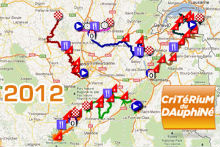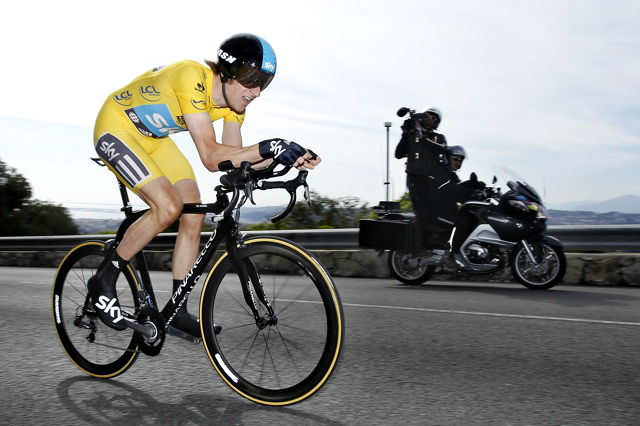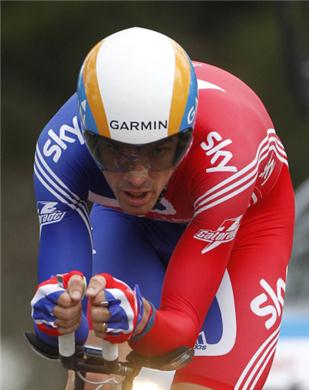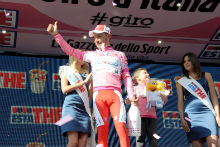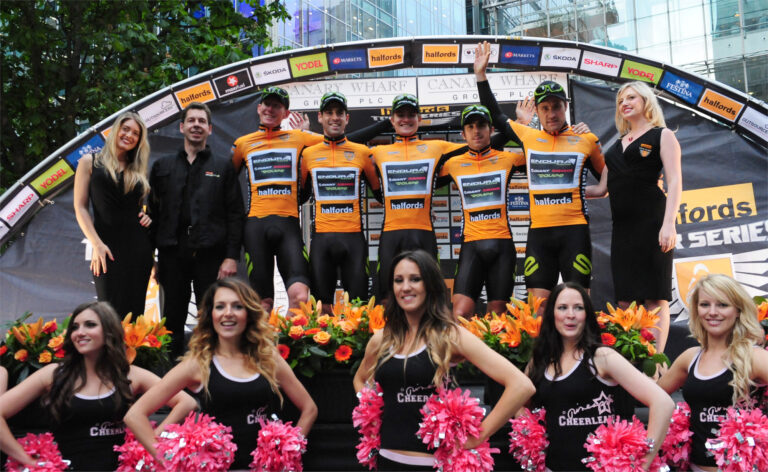The Giro d’Italia is a Grand Tour for the ‘die hard’ cycling fan, according to Daniel Lloyd, rather than for the casual observer perhaps drawn to the Tour de France by its commercial spectacle.
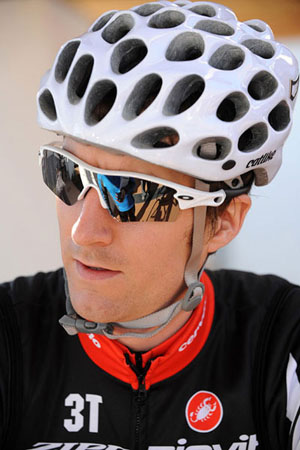
Lloyd’s appreciation of the relative merits of the Giro and the Tour is based on experience of both. In 2009 and 2010, he tackled two of the hardest editions of the corsa rosa in recent memory, following his second Italian outing by riding the Tour a month later.
In the first of our “Brits at the Giro” series, we caught up with the Team IG-Sigma Sport rider, who rode the world’s biggest stage races in the colours of the Cervelo Test Team, to gain his insights into the spectacle of the Giro, its physical challenge, the changing parcours, and the effect it may have on this year’s race.
The 2009 Giro was Lloyd’s first Grand Tour, an experience he describes as “going into the unknown.”
Any rider facing their debut three-week race does so with trepidation, he adds, with some riders coping better with the physical demands than others.
Illness in the weeks prior to the race, and a last minute call-up to the Cervelo Test Team’s Giro squad, heightened the Englishman’s nerves, but having survived the first two stages, he began to recover.
“A week before the Giro, I felt probably worse than I had ever felt on a bike,” he recalls. “I was even more nervous than I would have been normally. Whatever I had, it went a day or two before the race started. Although I wasn’t in top physical shape, I got through the first two stages and started feeling better.”
Lloyd’s Grand Tour debut coincided with that of the Cervelo Test Team, the top-tier team he had joined at the start of the season and where he would ride in support of the Spanish climber and subsequent Tour de France champion, Carlos Sastre.
“We had an unbelievable Giro,” Lloyd recalls of the team’s 2009 Italian adventure, which ended with Sastre on the podium. “We ended up winning four stages. Simon Gerrans won a stage at the start and then Carlos won two mountain top finishes and then we won the last time trial with Ignatas Konovalovas. It was a high the whole week through.”
Lloyd was selected by Cervelo Test Team to ride the following year’s Giro, a race remembered in the public conscious for the brutal climbs of the Terminillo, the Zoncolan, the Motorilo, and the Gavia. For Lloyd, however, the soaring climbs of race director Zomegnan’s grueling parcours were only half the story.
“I remember 2010 being extremely hard,” he says. “There were a lot of long, really tough stages; not just big mountains but the length of the stages as well. It was pretty arduous. There was the classic stage over the Strade Bianche roads which turned into a sort of mudfest. It was the start of the epic stages, but certainly not the last of them.”
This year’s route, categorised as ‘more human’ by no less a source than last year’s winner, Alberto Contador, and the absence of an ‘out-and-out’ favourite, will create smaller gaps, Lloyd predicts: “There’s plenty of opportunities for people you wouldn’t expect to go into the pink jersey, take stages, or do a good classification.”
Recovery is the key to success in a Grand Tour, an aspect Lloyd says modern teams have ‘dialed’. Riders are handed a recovery drink as soon as they finish the stage, and will further replenish energy stores with boiled potatoes, baked potatoes, rice, or even cold omelette. “Then we’ll get on the bus to the hotel and have a massage there and just rest all evening,” he says. “I don’t think there have been any really modern interventions in terms of recovery. At the end of the day, it comes down to your genes almost whether you’re able to recover day after day or not.”
Lloyd remembers recovering better in Grand Tours than in training, a phenomenon he attributes to the level of team support, leaving the rider free to ride his bike. “Obviously, the guys in these races are unbelievable athletes,” he adds. “They can almost recover on one of the easier days and feel better the day after that.
The scale of a Grand Tour means riders can experience variations in form from the start to the finish of a three-week race, riding themselves to peak performance or dipping from their best condition depending on the form in which they start the race. “Carlos [Sastre] was especially like that,” Lloyd recalls. “In the third week, he’d be at his best of the whole three weeks.”
Lloyd will be watching closely the efforts of Team Sky’s new Columbian signing, Sergio Henao, winner of his home country’s grueling two-week race, an event Lloyd believes will have him better prepared than most of the Grand Tour debutants. He describes Henao as a “classy climber” who could shine on stages with a summit finish.

